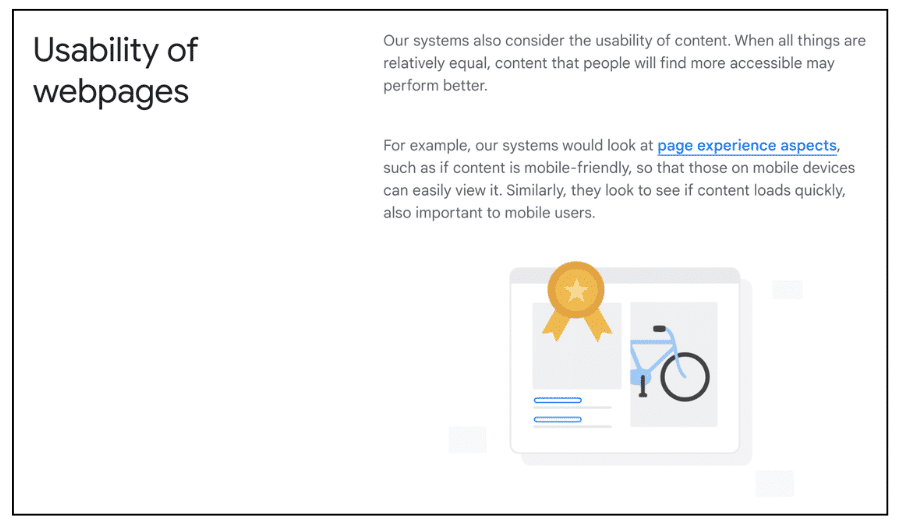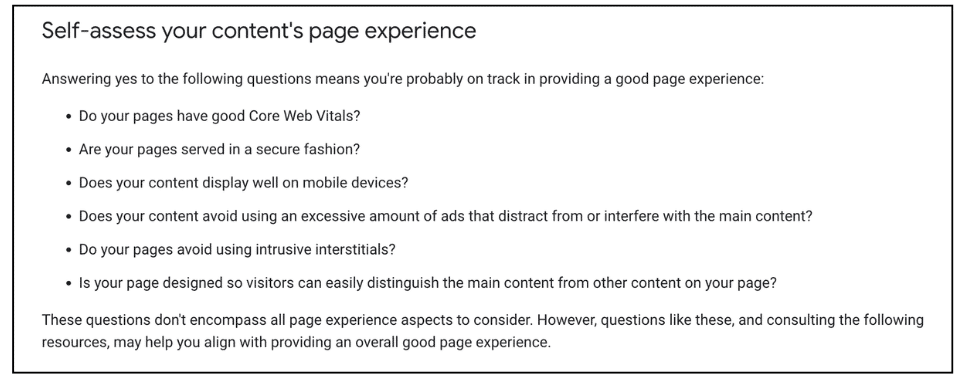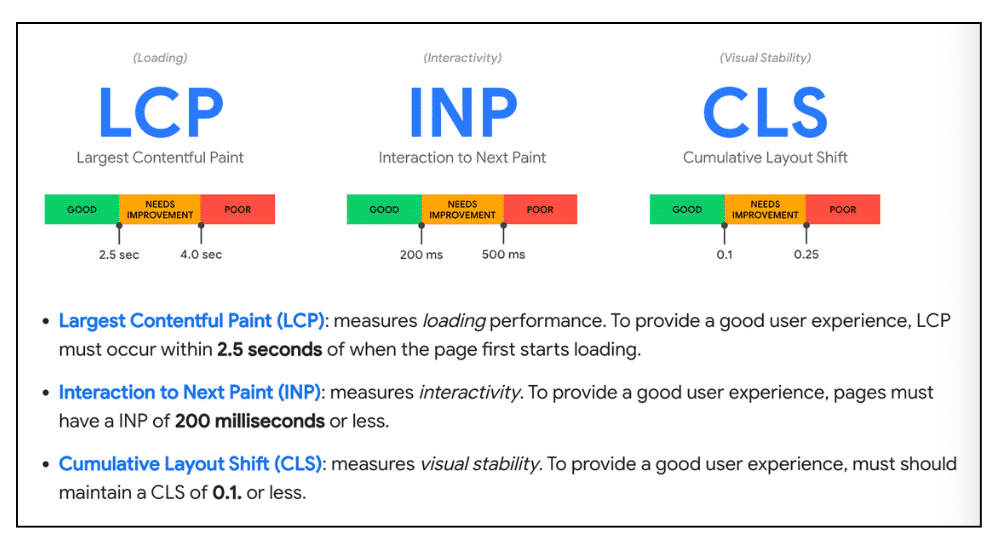Write for the reader — not for Google. As long as you create helpful content for the end user, everything else will fall into place. How many times have you heard this advice?
It sounds nice in theory but isn’t practical. Ignoring keywords and SEO best practices is not an option in a market as competitive as healthcare.
To attract, engage and convert patients, health systems must strike the right balance between SEO and UX.
But what is the “right balance”? We’re glad you asked. Here’s our objective answer to a subjective question.
The Relationship Between SEO & UX
What’s the difference between SEO and user experience?
SEO attracts users to your website. Good UX engages and converts them. The former improves brand awareness, while the latter improves patient engagement and acquisition.
But they’re also interconnected. Healthcare SEO best practices often help usability, while optimizing your site for UX helps your chances of ranking.
How UX affects SEO
Why is user experience important for SEO?
For one, page usability is a confirmed ranking factor. Read what Google has to say on the subject:
Additionally, a positive user experience encourages readers to stick around and keep reading. This is good for SEO since search algorithms consider engagement signals when assessing the quality of page content.
TL;DR: SEO and UX are interdependent and equally important
Think of your website like an airplane:
- SEO is the engine: It starts the process and makes the plane move (brings in users).
- UX tactics are the wings:They create “lift,” keep the momentum going and get the end user to their destination (conversion).
- The wings also typically hold the fuel tank, which keeps the engine (SEO) going.
Fun aviation fact: Planes can technically fly without wings, but it would be more like flying on a rocket. How safe would you feel loading the family on a rocket to Orlando?
Wings — and UX optimization — make a major difference to the end user.
How to Optimize Healthcare Website Usability and Search Performance
Complicated relationship aside, balancing technical SEO with user experience in healthcare is fairly simple.
Read 4 tips from our web content writers:
-
- Use SEO best practices: Target the right keywords, use them in helpful places, remember E-E-A-T … you know the drill. See all the rules we follow to create findable content.
- Put the user first, but don’t forget Google: Start by understanding user intent. Include content that will help them accomplish their goal, like helpful examples or healthcare explainer videos.
- Use plain language: Both readers and search algorithms prefer clear, direct language. Learn how to write in plain language.
- Optimize for mobile users: Remember that over half of your web users will read on their phones. (And that’s a conservative estimate.) Pay attention to font size and make the needed mobile optimization changes.
Google’s advice for creating a positive page experience
Search engines don’t always tell us what their algorithms care about. But when they do, we listen.
Here, Google shares a list of page experience elements to focus on.
How to Know It’s Working: SEO & UX Metrics to Track
How do you know your SEO and UX efforts are working to attract, engage and convert patients? Check your healthcare website analytics platforms.
Keep an eye on signals that indicate strong SEO:
- Organic search traffic
- Organic search impressions
- Organic keywords
- Keyword positions
Also look at UX-focused metrics:
- Average engagement time
- Event counts and conversions
- Core Web Vitals
Your Core Web Vitals are the technical elements Google uses to measure how pages perform. You can find your Core Web Vitals report in Google Search Console.
Keep Learning About SEO and UX for Medical Websites
Have a healthcare website redesign coming up — or just optimizing your website a little at a time?
We’ve worked on 180 health system websites (and counting), and we’re always learning more about healthcare SEO and UX optimization. Learn from (and with) our award-winning healthcare web writers.




